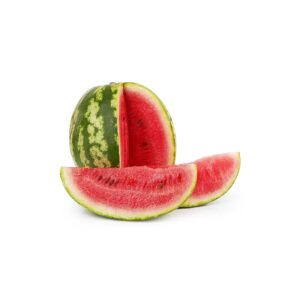Mangos are also an excellent source of: Vitamin A. Vitamin C.
-
CHOULSA MANGO
Mango is a very attractive, evergreen tropical tree with glossy, dense foliage. The juicy, ripe mango fruit has a rich, tropical aroma and flavor that summons thoughts of sunny climates and sultry breezes.
-
AMRAPALI MANGO
Amrapali (mango) is a hybrid of the ‘Dasheri’ and ‘Neelum’ mango varieties. It features a rich orange-red flesh and higher levels of carotene. -
PAYARI MANGO
Payari Mango, the best mango variety from Konkan Maharashtra, is known for its tender, juicy taste with a mix of apricot and peach taste, making you feel that nature has blended it for you.
100 gms Payari contains:
- Calories: 60
- Fat: 0.38 g
- Sugar: 13.7 g
- Protein: 0.82 g
- Dietary fiber: 1.6 g
- Carbohydrate: 15 g
- Vitamin B2 (Riboflavin): 0.038 g
- Vitamin B3 (Niacin): 0.669 g
- Folate: 0.43 microgram
- Choline: 7.6 mg
- Vitamin K: 4.2 micrograms
- Vitamin C: 36.4 mg
- Vitamin E: 0.9 mg
- Calcium: 11 mg
- Magnesium: 10 gm
- Potassium: 168 gm
- Iron: 0.16 gm
-
DASHERI MANGO
Dasheri mangoes, like other mango varieties, are an excellent source of vitamin C to strengthen the immune system and fiber to regulate the digestive tract. The fruits are also a good source of vitamin A to maintain healthy organ functioning, folate to assist in producing red blood cells, and other amounts of zinc, vitamin E, iron, and calcium. In addition to vitamins and minerals, Dasheri mangoes contain phytochemicals in the skin that may have antioxidant-like properties to reduce inflammation.
-
-
TOTAPURI MANGO
Totapuri Mango has a parrot beak like tip and hence the name derived as Kilimooku. It is a special variety grown across Southern states. Totapuri is also known as Kallamai, Collector, Kalamani across various regions. Kilimooku mangoes on ripening turns yellow with thick skin and yellowish orange pulp inside. Each piece weighs around 250 to 500 gms. It is the only mango that can be eaten in unripe greeny stages by slicing and pouring salt with chilli powder.
-
WATER MALON
Watermelons are considered best for summers as they have nearly 92% water content in them and keep us hydrated. However, apart from this, the fruit also has a range of other benefits which help our body in dealing with issues that accompany hot weather.
-













